Research Highlights

Pink diamonds of Argyle linked to supercontinent breakup
Researchers from Curtin University, including many from the EDRG, have identified the missing third key ingredient needed to bring valuable pink diamonds to the Earth’s surface where they can be mined, such as in Western Australia’s Argyle volcano, which could greatly help in the global hunt for new deposits. The work has been published in Nature Communications.
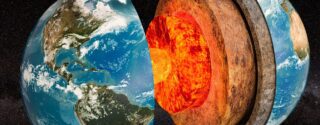
New research calibrates the clock for dating Earth evolution and mineral deposit formation
Researchers from the EDRG established a new framework for dating Earth’s evolution such as the formation of continents and critical mineral deposits. The work, published in Earth Science Reviews, studied Australia’s abundant lead-zinc ore deposits along with a vast global database, and determined that 3.2 billion years ago was a critical point in Earth history.
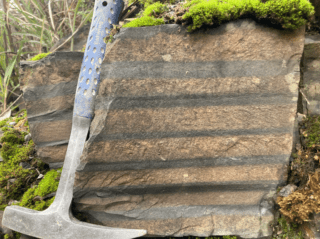
19-Hour Days for a Billion Years of Earth’s History
A new Nature Geoscience, published by current and former EDRG members, explored a period in Earth’s history when day length’s were significantly shorter. They report an intiguing discovery that the day-length may have stalled during the ‘boring billion’ between 1 to 2 billion years ago.
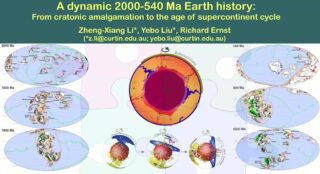
Some like moving mountains, but we prefer moving continents, oceans, and even the entire silicate Earth
In a new EDRG-led Earth-Science Reviews paper, we publish the first data-rich full-plate global evolution history for the 2000–540 Ma interval, and utilise palaeomagnetic true polar wander (TPW) and global plume records to determine likely palaeolongitude for past reconstructions and the dynamic evolution of first-order mantle structures.
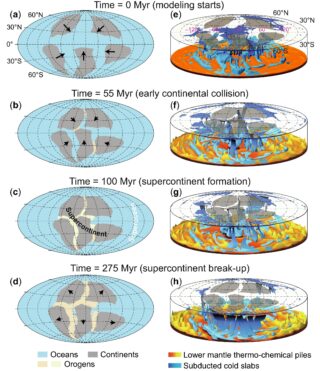
Why supercontinents became shorter lived as the Earth evolved
Geodynamic modelling performed by EDRG has shown that the lifespan of the supercontinents has been decreasing due to the weakening of the orogens formed during the assembly phase. The work published in Science Bulletin suggests that this is likely caused by Earth’s secular cooling.
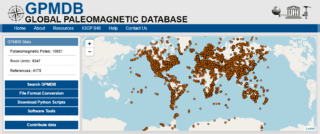
An updated internet-based Global Paleomagnetic Database
Team members from EDRG have been instrumental in establishing a new internet-based Global Paleomagnetic Database, updating the MS Access-based version of McElhinny and Lock (1996), enabling the future development of machine learning applications to paleomagnetism. Details of the database have been published in Earth-Science Reviews.
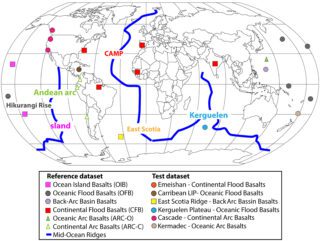
Forensic Geochemistry: fingerprinting basalts
Work from the team at EDRG has applied a big data approach to the geochemical discrimination of basalts worldwide. This novel and unique chemical ‘fingerprinting’ approach has been published in an Earth-Science Reviews paper.
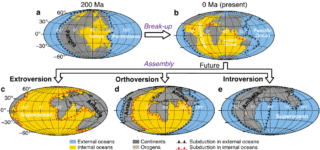
Will Earth’s next supercontinent form by closing the Pacific Ocean or the Atlantic Ocean?
In work recently published in National Science Review EDRG members used sophisticated geodynamic modelling to examine the factors controlling the alternative ways by which supercontinents are formed, and predict how the next supercontinent will likely form.
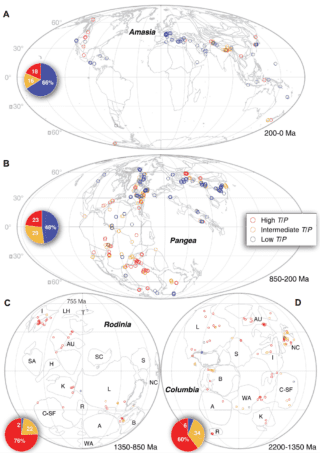
Metamorphic record of 2 billion years of plate tectonics and supercontinent cycles
A recent study led by EDRG member, Yebo Liu, attempted to discover if a clear spatiotemporal correlation between different types of metamorphism and active convergent plate margins holds true back to 2 billion years ago. The study has been published in Geology.
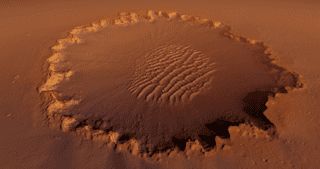
Counting craters: Mars’ surface records consistent asteroid showers
Members of the Earth Dynamics Research Group have co-authored an article in Earth and Planetary Science Letters investigating the frequency of asteroid impacts in the inner solar system, specifically on Mars, Earth and the Moon.
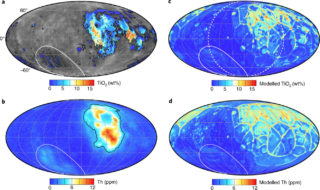
Giant impact may explain lunar mystery
Recent work, published in Nature Geoscience, uses geodynamic modelling to provide a viable explanation for the observed asymmetric distribution of the Moon’s interior composition.
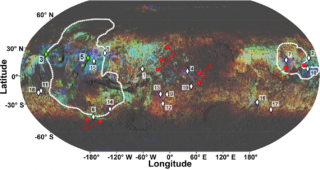
The Earth Dynamics Research Group is going planetary!
Luc Doucet is co-author of a study lead by Dr Anthony Lagain, from Curtin University’s Space Science and Technology Centre that pinpointed the likely origin of a group of meteorites ejected from Mars, using a machine learning algorithm that analyses high-resolution planetary images.
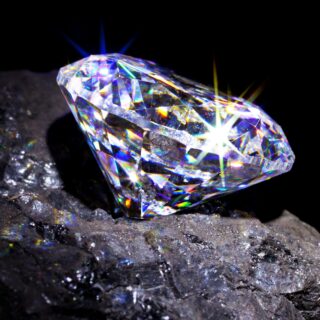
Turning trash into diamonds: recycling Mother Nature’s way
Recently published in Nature’s Scientific Reports, EDRG researchers discovered that diamonds found in oceanic rocks and the so-called super-deep continental diamonds share a common origin of recycled organic carbon deep within the Earth’s mantle.
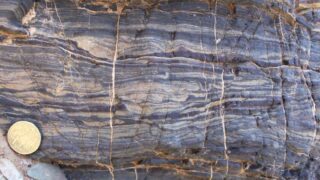
A new way for life to survive Snowball Earth
Work undertaken by EDRG team members (both current and previous) and collaborators has been published in Nature Communications which helps solve two long-standing riddles in the Snowball Earth hypothesis. Why were there still significant variations in the layers of sediment deposited at that time, and how could life survive?
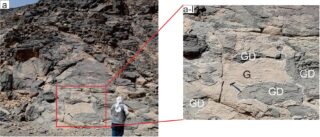
The world’s largest plagiogranite formed by reworking of juvenile crust, not in a mid-ocean ridge environment as commonly assumed
Published in Nature journal Communications Earth & Environment, the EDRG team and collaborators report the world’s largest known plagiogranite complex in the Eastern Desert of Egypt. Data indicates that the complex was produced by extensive partial melting of the accreted oceanic lower crust (as a proto-continental crust) instead of the previously known mechanisms in mid-ocean ridge environments.
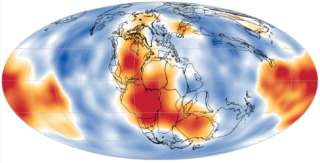
Nature Review of State-of-the-Art Supercontinent Research
An article published in Nature Reviews Earth & Environment presents the current state-of-the-art in supercontinent research. The review, led by Prof Ross Mitchell, also includes many current or previous Earth Dynamics Research Group members as co-authors.
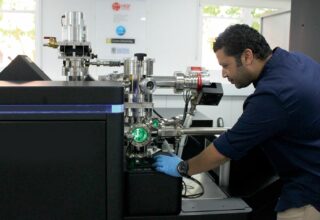
Exploring mantle evolution with atom probe tomography
Early Career Researcher Dr Hamed Gamal El Dien wrote a short “Tools of the Trade” article for Nature Reveiws Earth & Environment to highlight the emerging technique of atom probe tomography and its potential in his research on the evolution of the mantle.
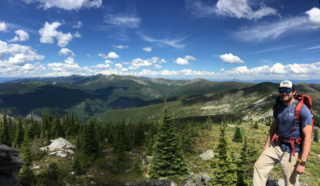
Sandstones record ancient supercontinent processes
Research findings, led by PhD student Daniel Brennan and recently published in the journals Geology and Terra Nova, have given new insights into the break up of the supercontinent Rodinia and how it affected ancient sedimentary transport systems.
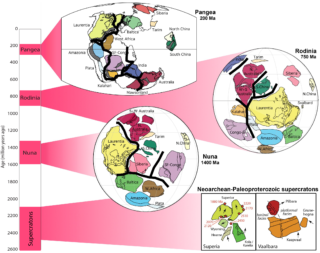
It took 2 billion years for Earth to kick start its supercontinent cycle
In a recently published article in Geology, a team of researchers associated with Curtin University’s Earth Dynamics Research Group provide the first clues about the infancy of the supercontinent cycle in deeper time.
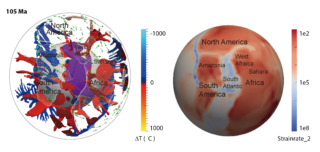
Supercontinents break up along old scars
Recent geodynamic modelling published in the new Nature journal Communications Earth and Environment shows that while the break-up of a supercontinent is triggered by mantle plumes, the locations for the development of continental rifts is largely guided by the orogens.
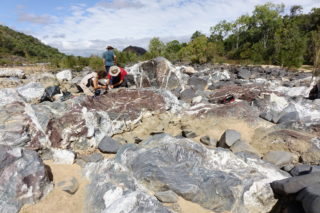
Structural and metamorphic evolution of the final Nuna assembly in northeast Australia
Three recent contributions from Ms Silvia Volante show the distinct stages of evolution of the c. 1.6 billion-year orogenic belt in NE Australia and supports the previously published continental collision between the Laurentian and Australian blocks during the final assembly of the Supercontinent Nuna.
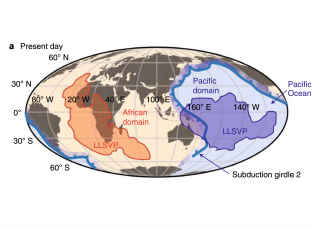
Deep mantle unveils a two-faced Earth
Research led by scientists in the Earth Dynamics Research Group, and published in Nature Geoscience, suggests that the Earth has two chemically distinct hemispheric ‘faces’ or domains.
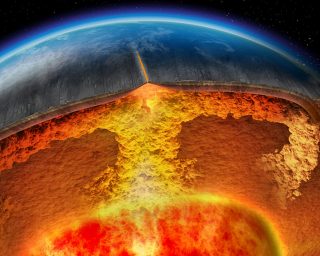
Early whole mantle remixing suggests a start of global plate tectonics before three billion years ago
New work, published in the journal Scientific Reports, found that after the initial chemical stratification and formation of a hard shell in the first billion years of our planet’s history, there was a major chemical ‘stir-up’ some 3.2 billion years ago.
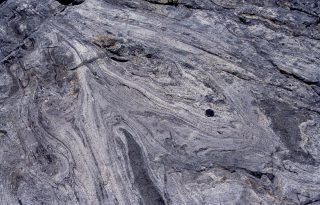
The formation of continental crust — just add water!
A recently published Nature Geoscience article outlines the critical importance of water in the melting that occurs in subduction zones. This work, lead by Prof. Bill Collins, also discusses how this fluid-fluxed melting influences the mineralogical and geochemical signatures of the continental crust.
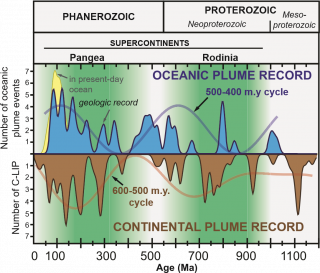
Shall we dance — taking a 600 million year–long step at a time
Two recent articles, in Nature Communications and Geology, published by our team working on Oceanic Large Igneous Provinces (O-LIPs) point to a synchronised behaviour between tectonic plates and Earth’s deep mantle.

Cr-spinel records metasomatism not petrogenesis of mantle rocks
A recent Nature Communications article by PhD student Hamed Gamal El Dien questions the use of chromium spinel as a robust petrogenetic indicator and instead argues that it can be utilised as a tracer for metasomatic processes.
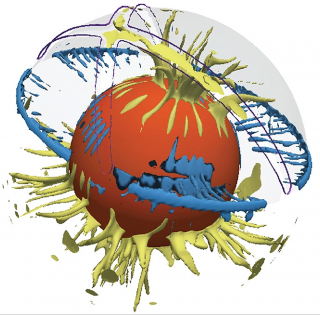
What does it take to break up a supercontinent?
The Earth Dynamics Research Group’s geodynamic modeling team recently published results of a new 4D model evaluating the effect of pre-existing orogens in the lithosphere on the supercontinent breakup process.
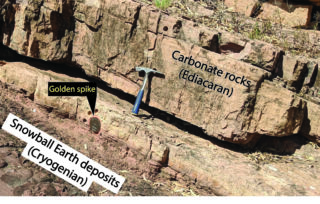
Major shoreline retreat following Snowball Earth
A recent article, published in Terra Nova, reports a new interpretation of the observed carbonate rocks that overlay the Cryogenian glacial deposits and supports the rapid deglaciation of Snowball Earth.
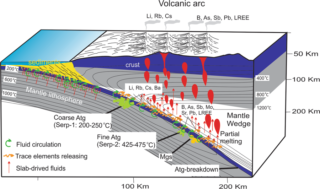
Origin of arc magmatic signatures
A new paper in Nature Scientific Reports by one of our PhD students. This article outlines the role of serpentinites for the systematic distribution of fluid-mobile elements and rare earth elements in subduction zones.

Glacial incisions of the snowball Earth
There are surprisingly few lines of geological evidence for glacial incisions associated with a snowball Earth scale event that are not controversial. A recent article published by members of the Earth Dynamics Research Group reports multiple lines of geological field evidence for deep but variable glacial erosion during the Sturtian glaciation (ca. 717‐659 million years ago, Ma).
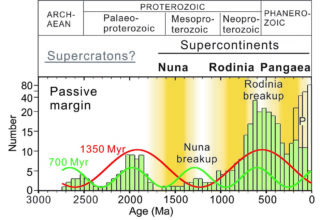
Decoding the Earth’s rhythms
The supercontinents appear to have assembled and broken up through alternating processes of ‘introversion’ and ‘extroversion’. The process spans twice the period of the supercontinent cycle and involves either the survival or regeneration of superoceans and the subduction girdle. This research has been published in Precambrian Research.

Insights into the Tibetan Plateau
A recent Tectonics article provides new insight into the nature and evolution of the Tibetan Plateau. This work focuses on the Longmenshan Fault Zone (LFZ), a tectonic boundary between the Tibetan Plateau and the Sichuan Basin of the South China Block.

1.6 Ga crustal thickening along the final Nuna suture
Newly published results in GEOLOGY outline the evidence for the collision of proto-Australia and Laurentia during the final assembly of supercontinent Nuna.
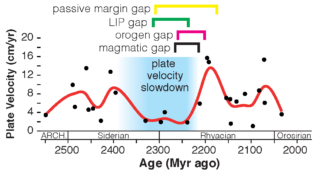
New research backs ‘lull’ in the geologic record, Earth’s mid-life crisis
Published in Nature Geoscience, recent research backs claims that the Earth experienced a ‘geological lull’ in its development around 2.3 to 2.2 billion years ago.

Supercontinent Nuna formed in two stages
Recent results from the eastern Kimberley craton produced a well defined paleopole for the 1.8 Ga Hart Dolerite. Comparing this with existing data from proto-Australia and Laurentia between 1800-1400 Ma suggests that there were two stages of assembly between Australia and Laurentia during the assembly of Nuna.
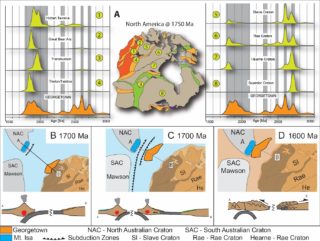
A piece of America found in northern Australia: Legacy of the 1.6-billion-year-old supercontinent Nuna
Some recently published results in the journal GEOLOGY links North Queensland to North America at 1.6 billion years ago during the supercontinent Nuna.
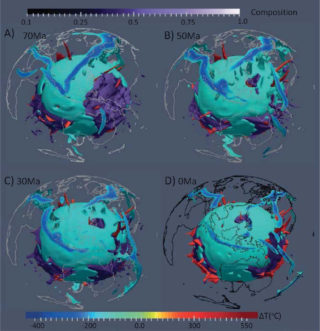
The formation of mantle “lone plumes”
The Hainan plume has been used as an example to investigate the feasibility of lone plumes being generated by subducting slabs in the mantle downwelling zone using 3D geodynamic modelling.
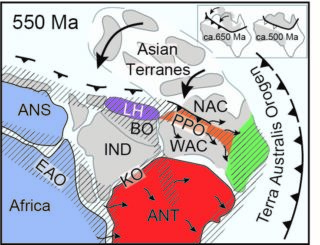
An Australian source for Pacific-Gondwana zircon
Research published in the journal GEOLOGY revealed the Paterson-Petermann Orogen of Central Australia to be the major source for the “characteristic Pacific-Gondwana zircons”.
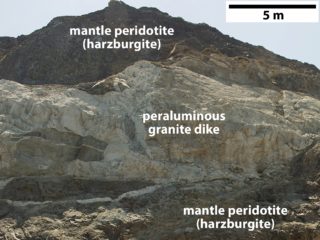
Finding melted mud in the mantle
Sediment abundance in mantle-derived melt is generally low and difficult to detect. Granite sampled from an exhumed mantle section found in the Oman-UAE ophiolite has provided evidence for the melting of subducted sediment.
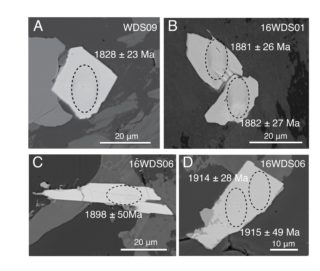
LIP barcoding the Yilgarn Craton
A newly identified, NW-trending, mafic dyke swarm (Boonadgin dyke swarm, 1.9 Ga) in southwestern Yilgarn Craton raise the possibility of a link with India.
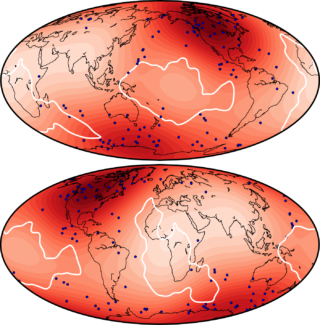
Lower mantle influence on geomagnetic field reversals
While paleomagnetic data is generally used to reconstruct the continental blocks throughout Earth’s history there are other ways to deduce valuable information from the changing geomagnetic field on the long term evolution of the Earth.
